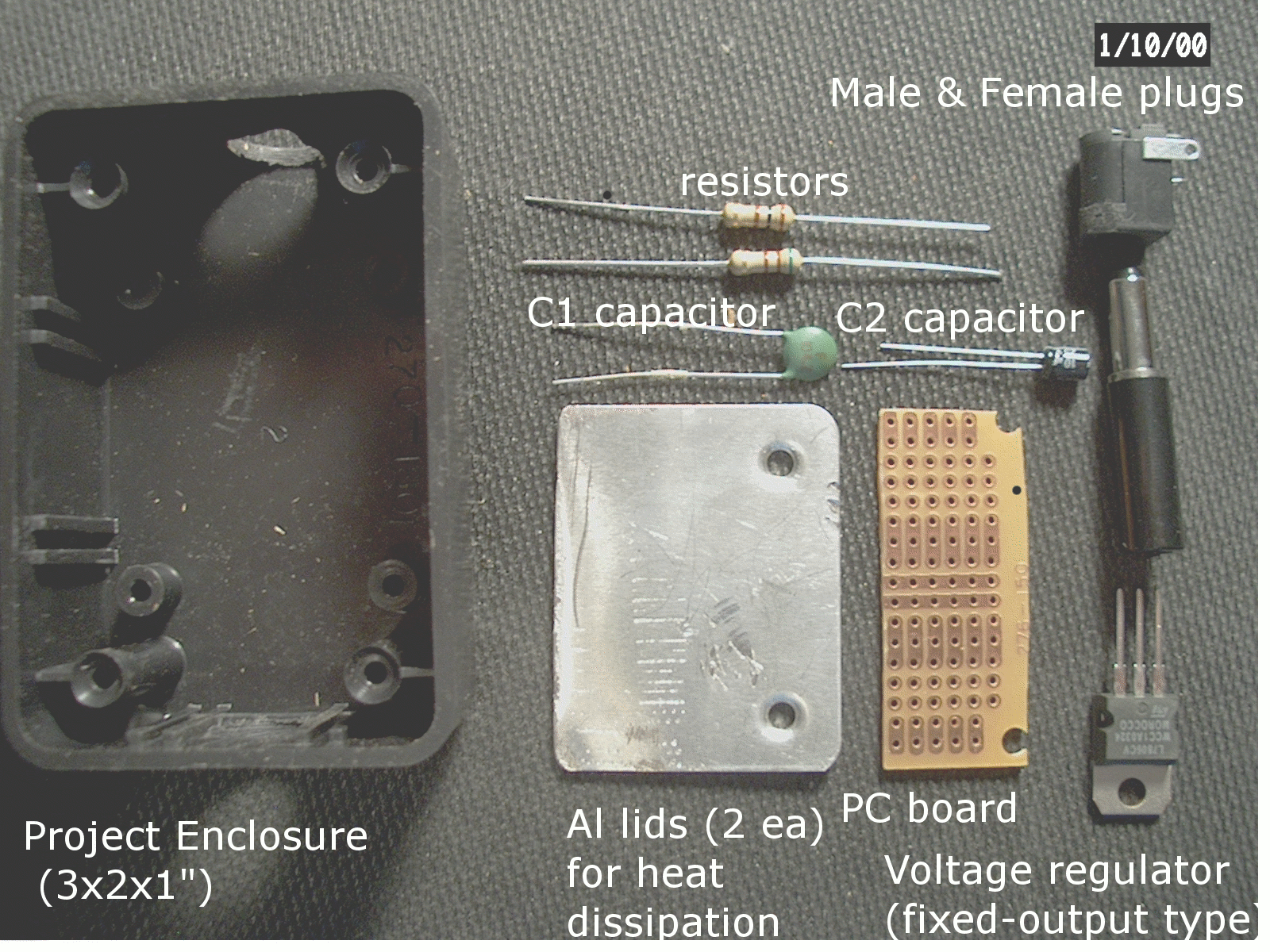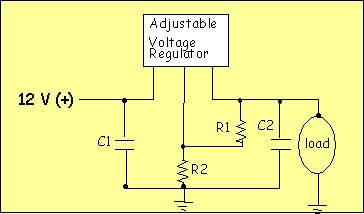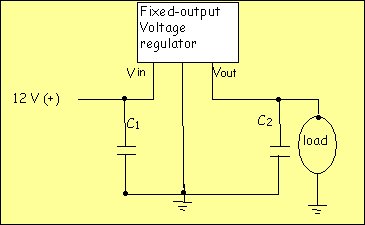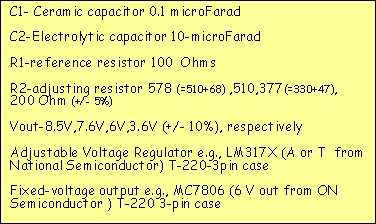Voltage Regulation and Supplies
Why use a 12-V supply rather than portable rechargeable batteries?
After several years maintaining batteries, and building battery packs of different sizes and shapes, the waste of time and ceaseless cost just became unbearable. For doing field geophysics I needed a low-V power source that could run several days without maintenance, could be recharged without a generator and readily available ANYWHERE.
My solution to the problem consists of relying on proven, widespread, 12V DC lead-acid or sealed gel technology. I will always be able to find a car or truck battery regardless of where I am in the world.
I started by converting a 12-V drill (Figure 1) by soldering straight to the battery terminals, after recycling the old batteries. Now, I have an extremely light tool with enough power for most jobs. (See picture immediately below).
For radios and GPS units (Figure 2) that required specific voltages, say 8.5V or 3.6V, I was advised by Don Patterson (ARIO Electronic Labs, Baton Rouge, LA) to go with voltage regulators (Figure 3). My needs are in the 1-2 W range (<1 Amp) so that heat dissipation is adequately handled by screwing the regulator directly to the small metal lid of the regulator box.
I house two regulators in each project box and the total cost in parts (Figure 3) per regulator runs between $US 5-10. All the parts are found at my local electronic-appliance-type store but I usually can get them cheaper and in greater selection if I order them online.
I forgot to photograph the final electronics before I glued the boxes shut for outside use. So, all I have included are the schematic circuit diagrams I found most useful when usingthe adjustable Voltage Regulator (Figure 4) and the fixed-voltage-output regulator (Figure 5). A lot of technical detail is available from the online resellers but I have also included this link to a couple of technical data sheets (in pdf) for an example of the adjustable regulator and fixed positive voltage output regulator. I also list in a table a description of the particular components I used (Table 1). I am not endorsing any particular company.
You may ask if the weight of the 12V battery "outweighs" its usefulness. In my case, I always have car battery as part of my tool kit anyway, I usually have equipment mounted in some mechanized vehicle and in the worst case I can use a small light-weight 12 V battery and recharge it with a cheap solar panel.
This solution may not suit your needs. You may decide to buy a pack of throw-away batteries but that goes against my frugal nature.
Figure 1 Field tools that use a 12-V car battery directly
Figure 2 Field tools used with finished Voltage regulator boxes- different wattage (1-2W) handheld radios ,and GPS receiver.
Figure 3 Electronic components used in building voltage regulators
Figure 4 Schematic layout of Adjustable Voltage Regulator Circuitry
Figure 5 Schematic layout of fixed voltage regulator circuitry
Table 1 Values of electrical components used in the above diagrams



